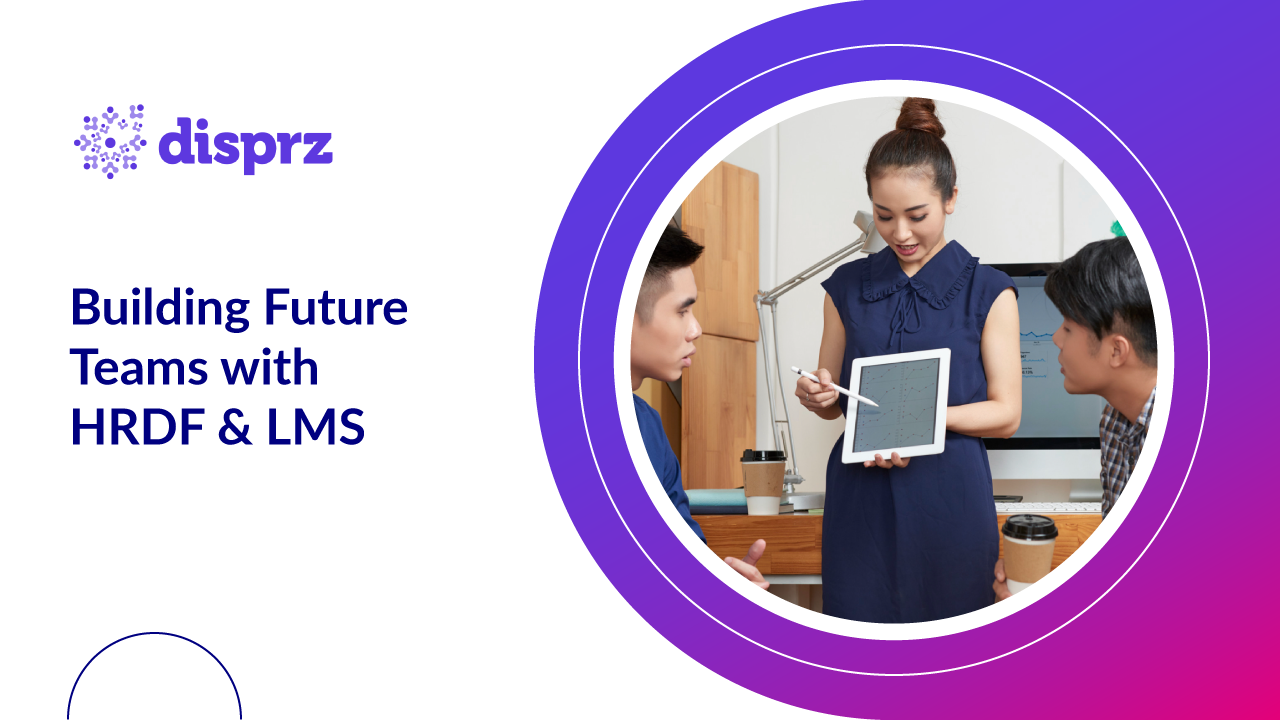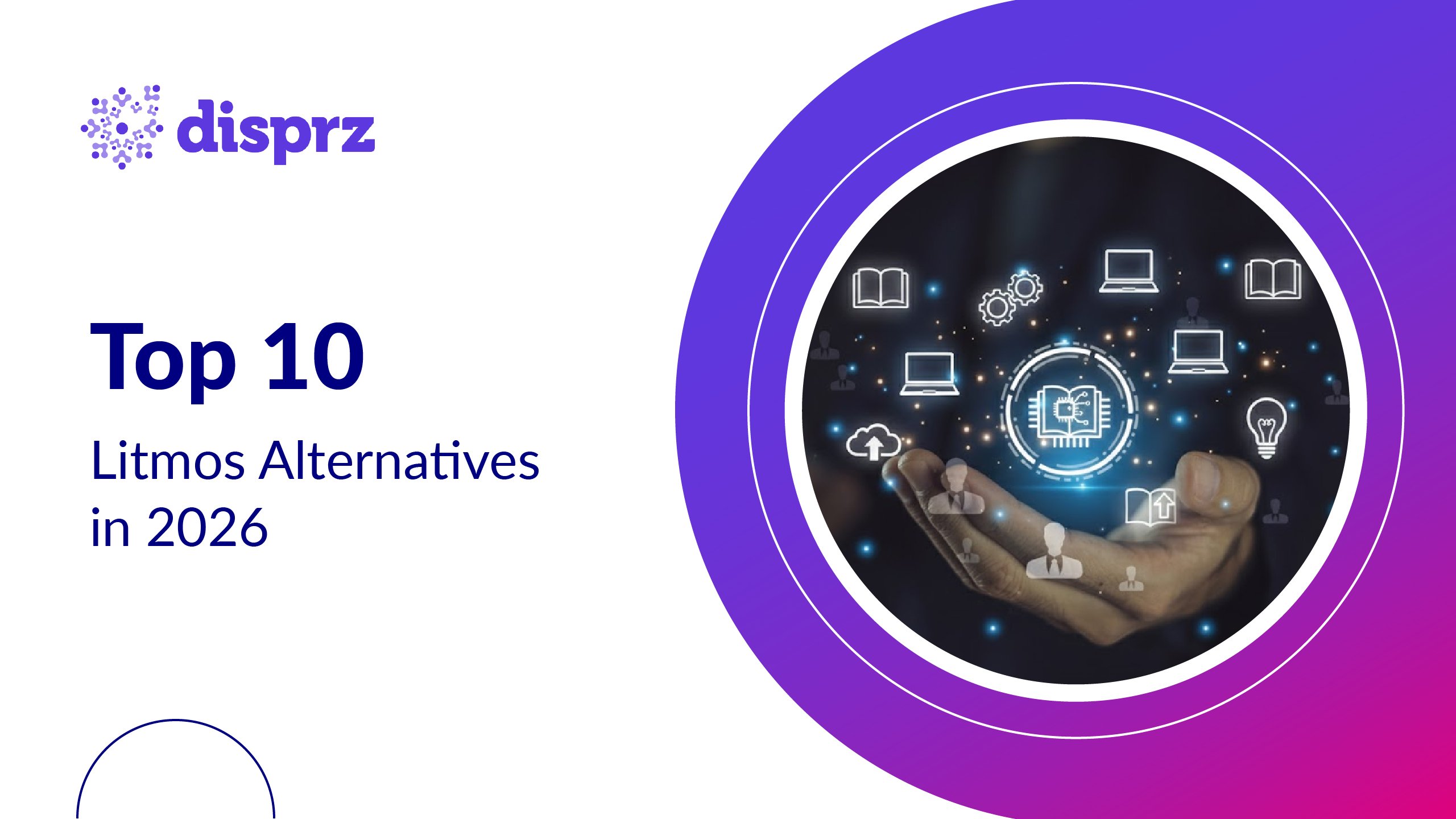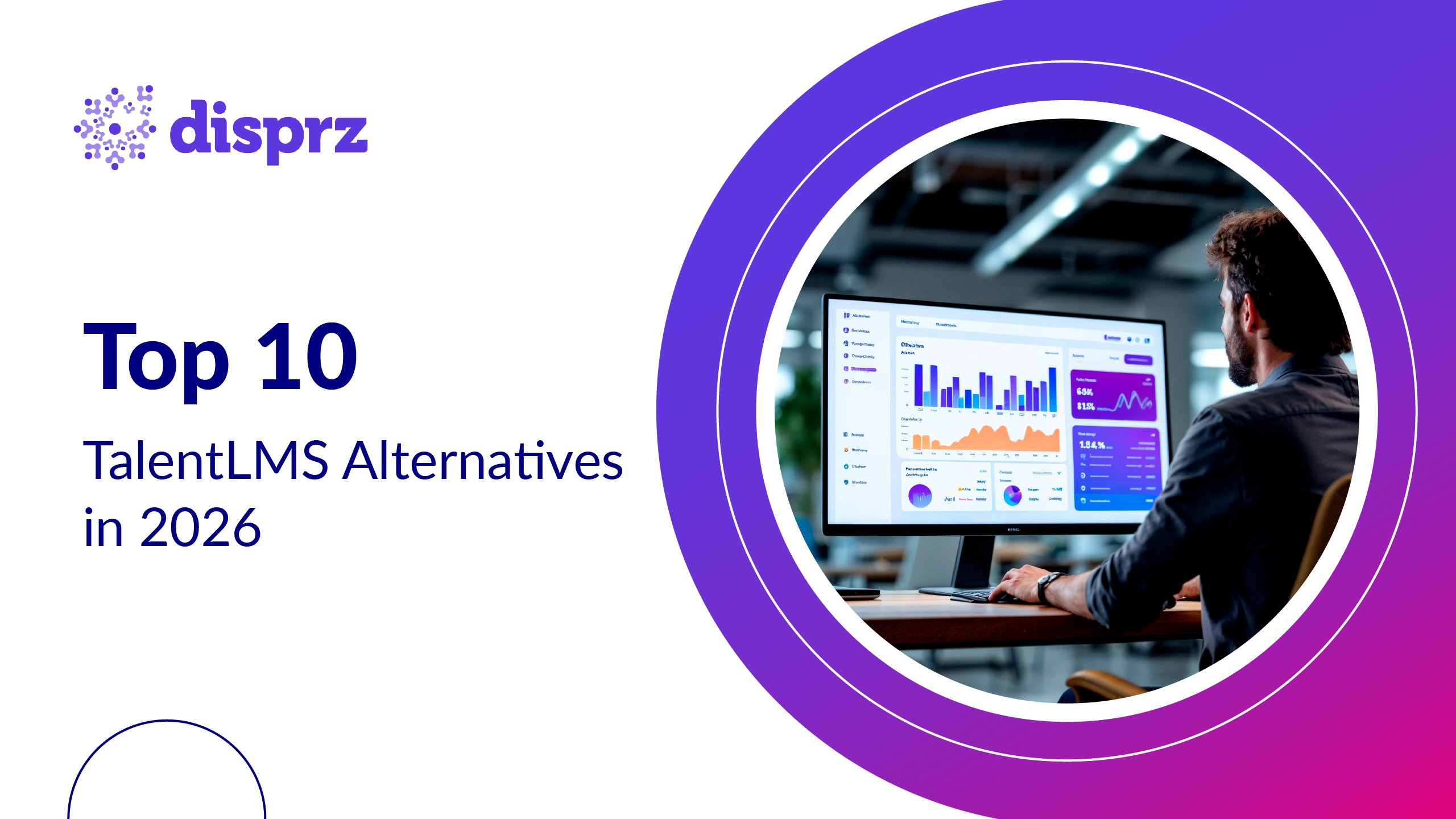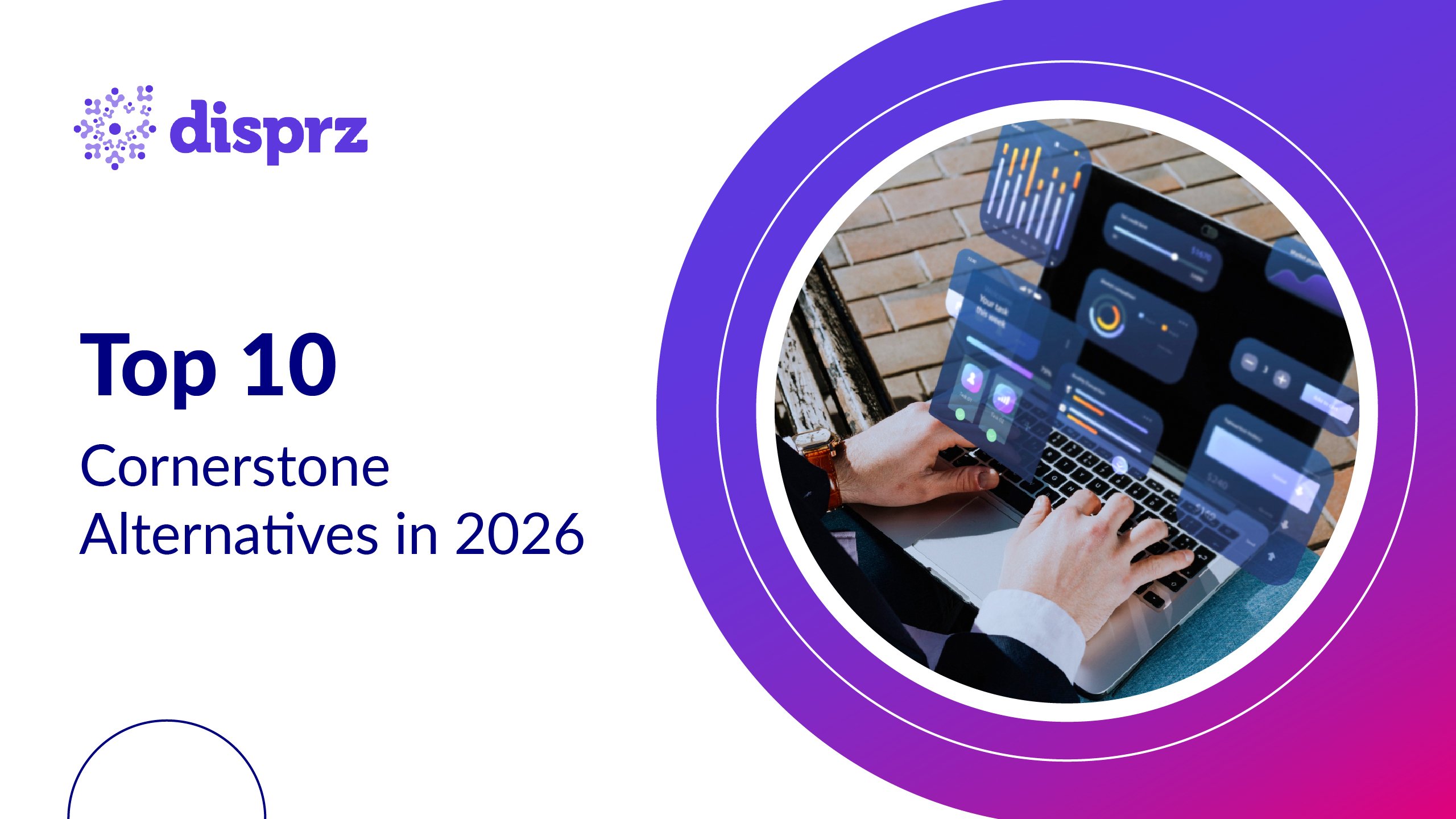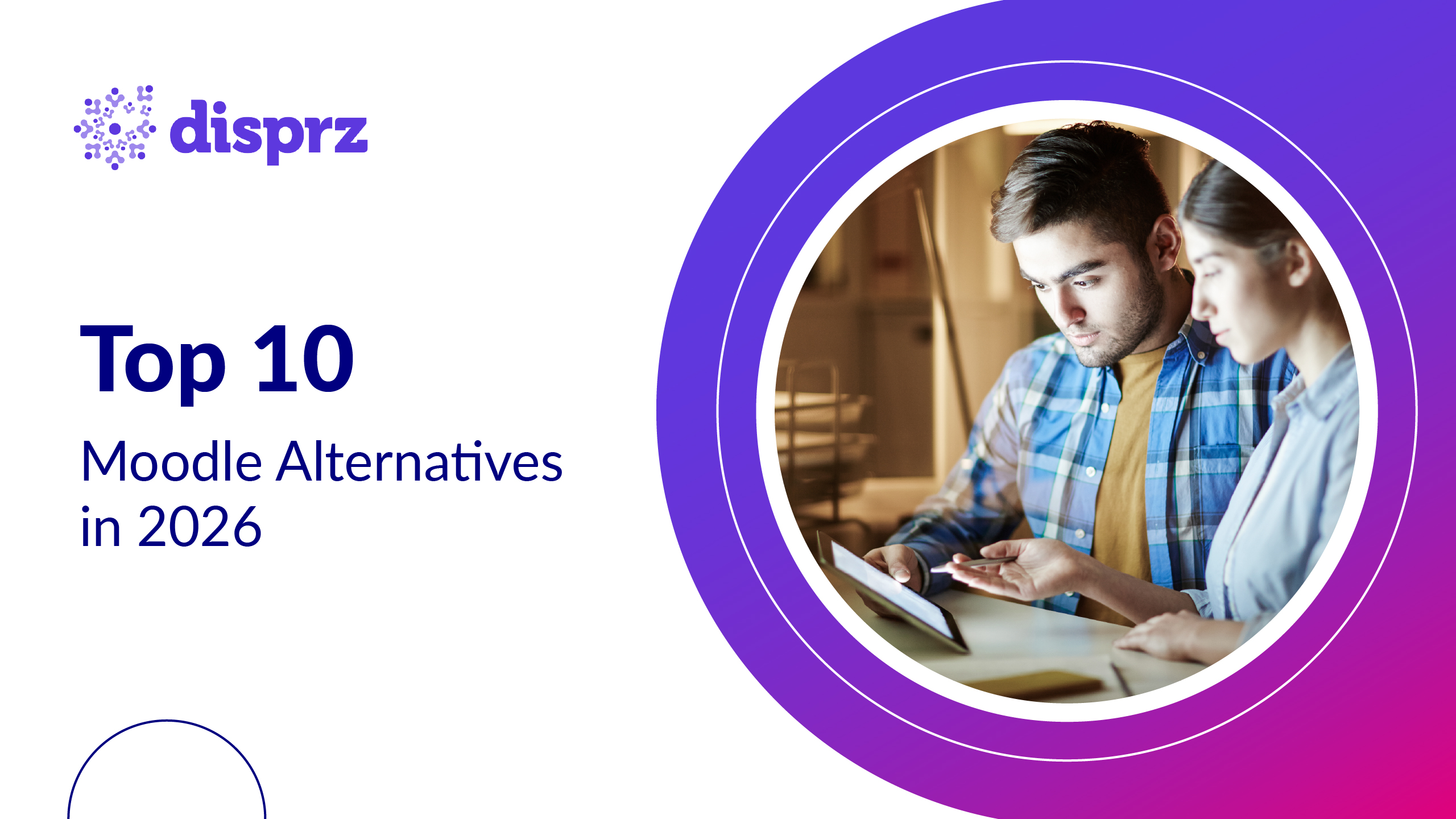In today’s economy, skilling isn’t an HR agenda; it’s a business survival strategy. For Chief Learning Officers (CLOs) and Chief Human Resources Officers (CHROs) steering large enterprises in Malaysia, the challenge isn’t whether to upskill, but how fast, how intentionally, and how impactfully it can be done.
With artificial intelligence (AI), automation, and industry convergence compressing the shelf life of capabilities, it’s no longer enough to rely on formal training programs or compliance checklists. What’s needed is a skills strategy that’s dynamic, business-aligned, and future-proof. One that not only builds competencies but ties them directly to outcomes like performance, productivity, and transformation-readiness.
This is exactly the intent behind ASEAN’s (Association of Southeast Asian Nations) declaration of 2025 as the Year of Skills: a regional call to action for enterprises to move beyond fragmented efforts and institutionalize skilling as a core growth driver. For Malaysian organizations, it’s both a cue and a deadline: evolve now, or risk being outpaced.
The good news? Malaysia already has the key levers in place, progressive Human Resource Development Fund (HRDF) policies, a growing ecosystem of advanced learning management systems (LMS), and L&D leaders ready to reimagine their role from content custodians to capability architects.
But having the right levers isn’t enough. The real differentiator lies in how CLOs bring them together into a cohesive, measurable strategy. HRDF funding needs to be more than a budget line; it should fuel targeted, high-priority skill development. LMS platforms must go beyond course hosting to become intelligence engines that map training to evolving business needs. And CLOs must step into a strategic role, orchestrating these elements to close capability gaps faster, deeper, and with visible ROI.
Here we outline how CLOs and CHROs can build a unified, future-ready workforce strategy by connecting funding, technology, and leadership. From leveraging HRDF funding for targeted skill development to deploying advanced LMS platforms that deliver real-time insights, we’ll break down the actionable steps Malaysian organizations can take now to stay ahead of the curve.
ASEAN Skills 2025: Malaysia's Future-Ready Workforce Push
As Malaysia aligns itself with the ASEAN Year of Skills 2025, the spotlight is firmly on building a digitally proficient, agile, and future-ready workforce. This regional initiative underscores the urgency for countries like Malaysia to accelerate national skill development frameworks and integrate them with business and digital transformation goals.
The HRDF is central to this push; enabling organizations to turn learning investments into strategic workforce outcomes. CLOs now have a unique opportunity: not only to tap into HRDF’s evolving schemes, but to embed these efforts into intelligent learning systems like an LMS that can measure, personalize, and scale upskilling across the enterprise.
This moment calls for more than training delivery; it calls for architecting long-term capability. For Malaysian organizations, success in 2025 will be defined by how seamlessly they align policy, platform, and people.
Modern CLO Mandate: Shift from Content Curator to Architect
As the urgency around the ASEAN Year of Skills 2025 grows, the role of the CLO is being redefined; not by title, but by impact.
In the past, learning leaders were tasked with ideating and curating content libraries and tracking completions. But that playbook no longer serves a workforce expected to evolve faster than industry benchmarks. Today, CLOs are stepping into a more critical role: architecting skill-building systems that are tightly aligned to business transformation, workforce agility, and long-term talent strategy.
This new mandate demands more than content. It calls for design thinking, data fluency, and funding intelligence. The modern CLO strategy is all about not just knowing what to teach, but why it matters, where the business is headed, and how to make learning outcomes measurable. That means using platforms like an LMS not just to deliver learning, but to engineer workforce capability. This means treating HRDF not just as a subsidy but as strategic capital to accelerate skills velocity, which matters most.
To build future-ready teams by 2025, CLOs must now connect the dots between platform, policy, and people, turning fragmented skilling efforts into a unified, data-backed talent engine. The next piece of that engine? Unlocking HRDF’s potential as a force multiplier for digital skill-building.
HRDF Funding Paths for Malaysia’s Digital-Skill Priorities
Building on the architected vision for a future-ready workforce, HRDF funding is the strategic enabler that brings those plans to life. For CLOs, it's not enough to simply apply for funding; they must align HRDF pathways to specific digital skill priorities that will fuel Malaysia’s transformation.
HRDF offers a wealth of opportunities, but success lies in targeting the right initiatives that directly tie to the business’s long-term goals.
CLOs should focus on:
Digital Transformation Priorities
Leverage HRDF for digital transformation through upskilling in areas like AI, data analytics, and cybersecurity, skills that are foundational to the organization’s digital future.
HRDF Schemes & Programs
Take full advantage of HRDF’s available programs, such as the HRDF Skills Training and Digital Transformation Grant, to fund the most pressing training needs.
Certifications with Impact
Partner with training providers who align their programs with Malaysia’s National Digital Skills Framework, ensuring the learning initiatives drive real change.
High-Impact, Future-Ready Skills
Prioritize areas such as cloud computing, agile project management, and big data to address skill gaps that will define business success in the coming years.
By aligning HRDF funding with clear business objectives and future-ready skills, CLOs can turn funding into a catalyst for measurable, business-impacting transformation.
LMS as the Backbone of Malaysia’s Future-Ready Workforce
For CLOs, the LMS isn’t merely a repository of content; it’s the nucleus of workforce transformation. It’s where skills growth, HRDF funding, and strategic vision intersect to build a workforce that’s agile, skilled, and ready for the future.
But what sets a modern LMS apart in this mission is its ability to seamlessly connect the dots between HRDF funding, training programs, and business outcomes. By integrating all these elements, it becomes the driving force that aligns workforce development with strategic objectives.
Here's how it delivers on this promise:
Agility in Action
In the context of Malaysia’s digital shift, CLOs need an LMS that doesn’t just react but proactively anticipates skill gaps. As the demand for skills in AI, cybersecurity, and cloud computing grows, an LMS allows organizations to quickly pivot and design training programs based on real-time workforce data. This ensures that employees are continually equipped with the most relevant skills, maintaining the organization's competitive edge.
Real-Time Analytics for Impact
A modern LMS offers real-time data, enabling CLOs to measure learning outcomes against key performance indicators. HRDF funding becomes more valuable when CLOs can track and prove its direct impact on business growth and talent development.
Customization to Drive Digital Skills
A robust LMS allows CLOs to create personalized learning paths. HRDF funding can be strategically directed to upskill employees in high-demand areas, ensuring training aligns with business priorities and goals around digital transformation in Malaysia.
Future-Ready Workforce Insights
As the backbone, an advanced LMS doesn’t just track progress; it predicts future skills gaps. By leveraging AI-powered insights, CLOs can proactively address emerging needs, ensuring the workforce is always prepared for what's next.
90-Day HRDF-Powered Roadmap: Platform, Funding, and People
Now that the LMS is set as the backbone for learning and HRDF funding is strategically allocated, the next step is executing a 90-day roadmap that integrates platform, funding, and people to build momentum for future workforce readiness. This roadmap is designed to transform your strategy into real, measurable impact.
Key elements of the 90-day roadmap:
First 30 Days: Platform Optimization & Alignment
-
Ensure the LMS platform is ready to scale with HRDF-funded programs, particularly those focused on digital skills.
-
Align HRDF funding with high-priority skill areas such as AI, cybersecurity, and cloud computing to maximize training impact.
-
Begin collecting data-driven insights to track learning progress and identify gaps.
Next 30 Days: Execution & Iteration
-
Launch targeted training programs focused on high-demand digital skills, utilizing HRDF funding to its full potential.
-
Optimize the learning paths using real-time LMS analytics to adjust based on employee performance and evolving needs.
-
Engage key stakeholders to ensure training initiatives are well-received and aligned with organizational goals.
Final 30 Days: Integration & Long-Term Sustainability
-
Focus on embedding digital skills into daily work processes and measuring the long-term impact on business outcomes.
-
Analyze LMS data to demonstrate the ROI of HRDF-funded programs and refine strategies for continuous improvement.
-
Prepare a plan for scaling and evolving the learning initiatives beyond the 90 days to ensure ongoing workforce agility.
By adhering to this structured 90-day approach, CLOs can accelerate skills velocity, ensuring a rapid but sustainable transition towards a future-ready workforce in Malaysia.
KPI & ROI Dashboard: Proving Skills Impact to the C-Suite
As organizations move through their 90-day HRDF funding roadmap, aligning LMS capabilities and employee engagement, the next crucial step is to demonstrate the tangible value of these initiatives to the C-suite. This is where a KPI & ROI dashboard comes into play, proving that skills development efforts are delivering measurable business outcomes.
Real-time insights provided by an AI-powered advanced LMS platform like Disprz are essential here. The platform doesn’t just track training completion; it provides rich analytics on learner performance, skills acquisition, and how those skills translate into day-to-day operations. These data points serve as the foundation for a KPI dashboard that directly links skills development to business growth, helping to secure executive buy-in and demonstrate clear ROI.
Key Elements for Building a Powerful KPI & ROI Dashboard:
Clear, Actionable KPIs
Focus on KPIs that align directly with business objectives, such as skills improvement, productivity enhancements, time-to-competency, and employee retention. For HRDF-funded training, KPIs could track digital skill adoption in areas like cloud proficiency, AI readiness, and cybersecurity competence.
Real-Time Analytics
With Disprz, organizations can access live analytics on learner progress and engagement, allowing for continuous optimization of the learning process. This ensures that training efforts are aligned with current business needs and skills gaps are addressed as they arise.
Linking Learning to Business Outcomes
To prove ROI, it’s essential to show how learning directly contributes to key business KPIs, such as revenue generation, employee productivity, and operational efficiency. Disprz enables this by integrating learning data with business metrics, making it easier to demonstrate the financial impact of skills development initiatives.
Strategic Reporting for Executives
The KPI dashboard serves as a powerful communication tool with the C-suite. Using Disprz’s automated reporting capabilities, organizations can generate clear, visually appealing reports on actual business impact from learning, and that would be the real game-changer in proving the return on investment from HRDF-funded programs. These reports make it easy for executives to understand how learning is driving business growth and employee performance.
Compliance Pitfalls, Deadlines, and Next Steps with Disprz
As Malaysia aims to build a future-ready workforce by 2025, organizations must address key compliance challenges, leverage funding opportunities, and adopt next-gen technologies. The convergence of HRDF funding, LMS platforms, and strategic leadership vision forms the backbone of this transformation.
Here's how to avoid common pitfalls and plan your next steps effectively, with Disprz.
1) Avoiding Misalignment Between Learning and Business Strategy
One of the most common pitfalls is treating training as an isolated activity. Learning initiatives must be tightly aligned with business objectives to drive meaningful results. A modern LMS like Disprz bridges this gap by integrating learning goals with organizational KPIs. This strategic alignment ensures that training contributes directly to workforce performance and business growth.
2) Leveraging HRDF Funding Without Missteps
HRDF funding presents a valuable opportunity; but only if used wisely. Many organizations fall short by not aligning funded training with national digital transformation goals. With Disprz, you can identify skill gaps, prioritize the right digital competencies, and track funded program outcomes, ensuring compliance and maximum ROI from HRDF claims.
3) Overcoming the One-and-Done Learning Trap
Another common pitfall is treating upskilling as a one-time event. Disprz combats this with continuous learning journeys powered by microlearning, AI-driven recommendations, and personalized paths. This approach nurtures a culture of lifelong learning, critical for staying ahead in a dynamic economy.
4) Missing Out on Data-Driven Decision Making
Without robust analytics, it's impossible to measure the true impact of training. Disprz offers real-time dashboards and ROI tracking, giving HR teams visibility into learning engagement, progress, and outcomes. These insights support data-backed decisions and help justify ongoing investments to senior leadership.
5) Falling Behind on Compliance and Reporting
Failing to meet HRDF documentation and reporting standards can result in funding delays or rejections. Disprz automates compliance tracking and report generation, reducing admin burden and ensuring your records are always audit-ready. This eliminates the risk of non-compliance and frees up HR to focus on strategic initiatives.
Achieving Malaysia’s 2025 workforce vision demands proactive steps today. With Disprz, you gain an AI-powered LMS that unifies learning, compliance, and performance in one platform. From aligning training with business goals to simplifying HRDF reporting, Disprz helps you meet deadlines and avoid compliance pitfalls while building a digitally skilled workforce.
Curious how your organization can achieve this? Book a demo with Disprz and see the future of workforce readiness in action.



